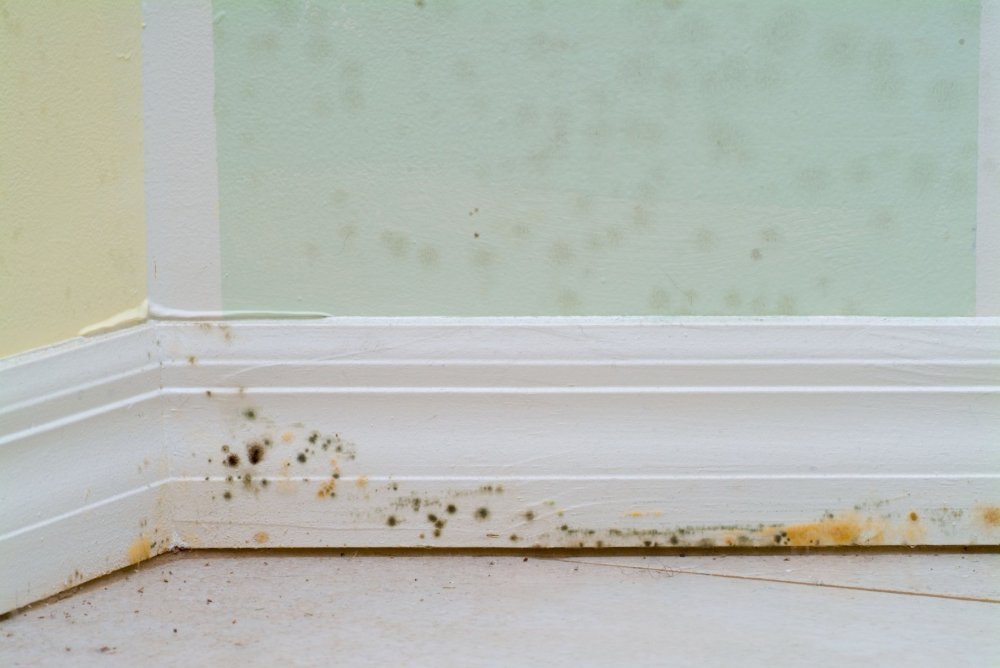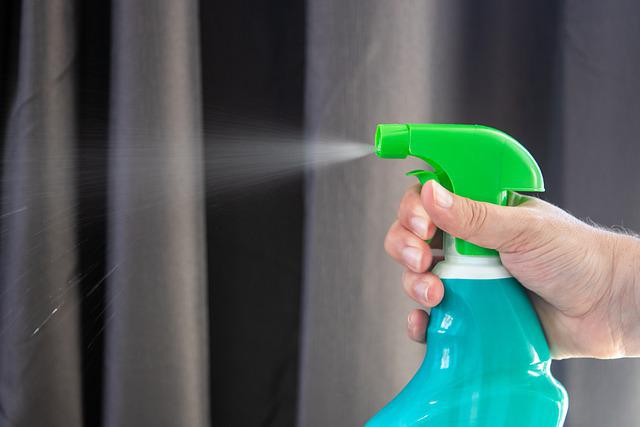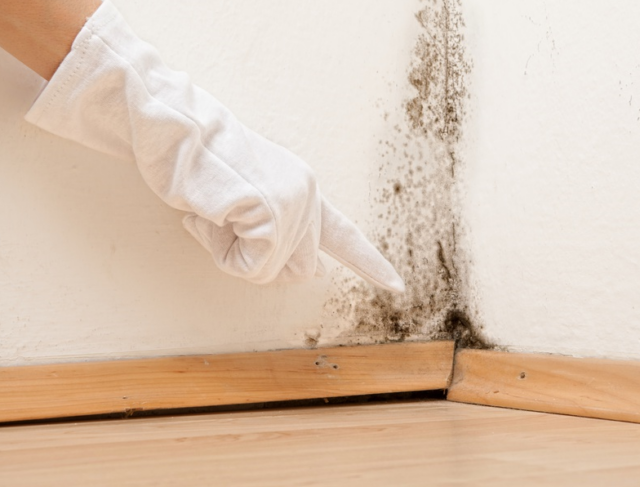Mold can be an insidious problem lurking in the corners of your home, often escaping notice until it has wreaked significant havoc on both your property and health. Whether it’s the telltale musty odor, visible discoloration on walls, or even unexplained allergic reactions, recognizing the presence of mold is the first step toward reclaiming a safe living environment.
Yet, the real challenge lies in determining the extent of the infestation and identifying its source. This comprehensive guide will walk you through the process of conducting a mold test in your home, equipping you with the knowledge needed to detect and tackle this unwelcome intruder effectively.
From gathering the right tools to interpreting results, every stage of this DIY endeavor will empower you to safeguard your sanctuary. So, roll up your sleeves, and let’s embark on the journey of uncovering what might be lurking in the shadows!
Understanding Mold: What You Need to Know

Understanding mold is essential for maintaining a healthy home environment, as it can silently thrive in damp, dark corners, disguising itself until it becomes a significant problem. Mold spores are ubiquitous, drifting through the air and finding refuge in places with moisture—be it from a leaky roof, a forgotten spill, or high humidity.
The implications of mold exposure can range from mild allergic reactions to severe respiratory issues, particularly for sensitive individuals such as young children, the elderly, or those with existing health conditions. Equipped with this knowledge, homeowners can act preventively, keeping an eye out for unusual smells, discoloration on surfaces, or unexplained health symptoms among family members.
Understanding mold is not merely about recognizing its presence; it’s about fostering a proactive mindset that empowers you to safeguard your space against its potential threats.
Types of Mold Tests

When considering mold tests, it’s essential to understand the various types available, each serving a distinct purpose and offering unique insights. First, there are air sampling tests, which assess the concentration of mold spores in the indoor air, providing a snapshot of potential airborne mold hazards.
Then, you have surface sampling tests, including swab and tape methods, which analyze mold residues on surfaces to identify specific species and concentrations. Bulk sampling, another method, involves collecting samples of materials, like drywall or carpet, for laboratory analysis, revealing the extent of mold infiltration within structures.
Not to be overlooked are DIY kits, which empower homeowners to conduct preliminary tests themselves, although professional assessments often yield more reliable results. With each type, the choice largely depends on your specific concerns—whether it’s health-related worries or structural integrity issues—making informed decision-making pivotal in tackling mold problems effectively.
Next Steps After Testing

After you’ve completed your mold testing, the next steps are vital for ensuring a healthy living environment. First, carefully analyze the results; are the mold levels elevated, and what type of mold has been identified? If the findings indicate a potential hazard, don’t hesitate to consult with a professional mold remediation service—they can provide expertise and strategies tailored to your situation.
However, if the test results show only minor issues, you might opt for DIY remediation methods. This could involve rigorous cleaning, increased ventilation, and moisture control to prevent future growth.
Additionally, consider conducting follow-up tests to monitor the effectiveness of your actions. Remember, mold doesn’t just disappear; ongoing vigilance and maintenance are key to safeguarding your home and family from its potential dangers.
Conclusion
In conclusion, conducting a mold test in your home is an essential step to ensure the health and safety of your living environment. By following the step-by-step guide outlined in this article, you can effectively identify and assess any mold issues, including potentially harmful Black Mold Testing. Regular monitoring and proactive measures can help prevent mold growth, safeguarding both your property and your well-being.
Remember, if you encounter significant mold problems, it’s always wise to consult with a professional for proper remediation. Taking these steps will not only enhance your home’s air quality but also provide peace of mind for you and your family.




